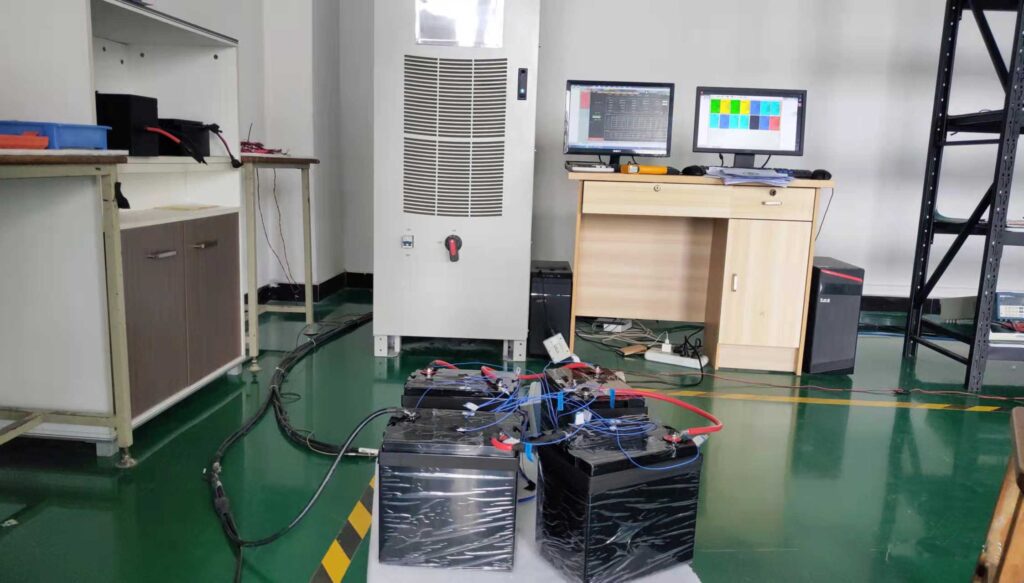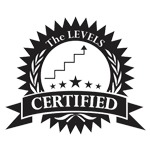When switching from a lead-acid battery to a lithium iron phosphate battery. Properly charge lithium battery is critical and directly impacts the performance and life of the battery. Here we’d like to introduce the points that we need to pay attention to, here is the main points.

Charge condition
Just like your cell phone, you can charge your lithium iron phosphate batteries whenever you want. If you let them drain completely, you won’t be able to use them until they get some charge. Unlike lead-acid batteries, lithium iron phosphate batteries do not get damaged if they are left in a partial state of charge, so you don’t have to stress about getting them charged immediately after use. They also don’t have a memory effect, so you don’t have to drain them completely before charging.
ELB LiFePO4 batteries can safely charge at temperatures between -4°F – 131°F (0°C – 55°C) – however, we recommend charging in temperatures above 32°F (0°C). If you do charge below freezing temperatures, you must make sure the charge current is 5-10% of the capacity of the battery.
Voltage requirement
ELB Lithium Iron Phosphate (LiFePO4) 12V batteries should be charged at 14.4 Volts (V). For batteries wired in series multiply 14.4V by the number of batteries. For example, a 24V battery bank requires a charger voltage of 28.8V , 36V requires 43.2V, etc.
ELB Lithium Battery Voltage | Recommended Charging Voltage | Recommended Charging Speed (C)
12 Volts | 14.4 Volts | <0.3C (3 hours or more)
24 Volts | 28.8 Volts | <0.3C (3 hours or more)
36 Volts | 43.2 Volts | <0.3C (3 hours or more)
48 Volts | 57.6 Volts | <0.3C (3 hours or more)
60 Volts | 72.0 Volts | <0.3C (3 hours or more)
72 Volts | 86.4 Volts | <0.3C (3 hours or more)
What is the battery voltage when my battery is full or depleted?
Batteries measure around 14.4V when they are fully charged and quickly drop to about 13.4V when the charger is removed.
They provide consistent power between 13.4 to about 12.8V and quickly deplete to 9.7V at the end of the discharge. ELB Lithium Iron Phosphate batteries have a flat voltage curve. This means that the voltage will be fairly steady throughout use, and only drop below a useful voltage when the battery is nearly empty.
Lead acid batteries have a steep voltage drop and it is common that a lead acid battery’s voltage is no longer useable when the battery still have 60% of capacity left.
This flat voltage curve is why ELB Lithium batteries have twice the usable power even though the battery has the same amount of energy inside the battery.
A 100Ah ELB Lithium battery will last twice as long as a 100Ah AGM or lead acid battery even though the name plate or energy rating is the same. Please note: Seeing a low voltage of <1V is evidence that the B.M.S. is triggered.
Which kind of lithium charger can I use for LiFePO4 batteries?
Most LiFePO4 chargers have an output of 14.6V – 14.8V which will charge ELB Lithium batteries, and any LiFePO4 fully.
No special brand requirement, other programmable chargers can also be used if needed and should be set to output 14.4V and disconnected after charging.
VRLA chargers and other lithium-ion batteries’ chargers do not output the correct voltage for charging the battery fully.
Can I charge my LiFePO4 lithium battery with lead acid charger?
Charging type
Other sellers out there claiming you can use your existing lead acid charger. The reality is that there are only a very limited few that will accurately and safely charge a Lithium Iron Phosphate battery correctly and to full states of charge, whilst doing so efficiently especially when using solar when you want to get the maximum output from it to your batteries.
Lithium batteries require a Constant current/Constant voltage (CC/CV) charge type with simple Bulk, Absorption, Float stages.
Why the answer is “No”?
Many lead acid chargers have desulphation and equalisation stages built in, which will pulse high voltages of 15.3-15.8V into the battery. This is really important to correctly charge and to maintain lead acid batteries, to avoid stratification of the electrolyte and ensure proper voltage equalisation of the cells, but are definitely not suitable for LiFePO4 batteries. It can heavily reduce the life of the cells due to regular over voltage charging or cause irreversible damage to the battery.
Or lead acid chargers have equalization as an automatic stage that cannot be turned off.
When these stages kick in, they will cause pretty much every good quality LiFePO4 battery on the market with an internal BMS to go into high voltage disconnect protection mode at around 15.0V – the battery goes open circuit and the charger and all loads disconnect before starting all over again once it resets (if it auto resets – not all BMS will do this automatically). For those that don’t, the battery is open circuit and turned off till you realised and take action to reset it. For those that do, you then get an on/off/on/off scenario for many hours leading to poor charge performance and sometimes never getting out of those stages for many hours.
In conclusion
No matter what they say in their marketing (which is really all it is – a made up marketing spiel) about their supposedly magic batteries that you can use any charger on, it is just totally wrong and demonstrates a total lack of understanding of LiFePO4 chemistry, the narrow voltage range that it operates in and the effects of using a multi-stage Lead acid charger to charge LiFePO4 cells.
There is a lot more to it than just outline above, but it does get into a very technical discussion which is outline below if you want more info.
Firstly it’s important to understand the voltage range that each battery type operates in. A lead acid battery typically will be fully charged at 12.6-12.8V. But LiFePO4 battery will be 13.3-13.4V. A lead acid battery. LiFePO4 batteries operate in a very narrow voltage range with only 0.5V from full all the way down to 20% state of charge. Even at 25% state of charge it will still be at approx 12.8V whereas a lead acid battery at 25% state of charge is around 11.7V with a range of over 1.1V.
How long does it take to charge lithium batteries?
One of our most frequently asked questions is “how long does it take to charge lithium batteries?”
Our experts note charging time depends on the specific charger in your system. Lithium-ion batteries have low internal resistance, so they will take all the current delivered from the current charge cycle. For example, if you have a 50-amp charger and a single 100-amp hour battery, divide the 100 amps by 50 amps to come up with a 2-hour charging time.
Another example is if you had five 100Ah (amp-hour) batteries for a total of 500Ah and a 100-amp charger. It would take about 5 hours of charging from empty to 100 percent while factoring in enough time to balance the charging cycle.
We don’t recommend you exceed this charge rate as it can lead to a shortened battery cycle life. In an emergency, the battery can be charged at a quicker rate if needed. But we don’t recommend you make a habit of emergency charging your battery.
How do I store my LiFePO4 lithium battery better?
We recommend to store LiFePO4 batteries at about 50% state of charge (SOC).
If we store the long periods of time, cycle the batteries at least every 6 months. Do not store batteries without (Fully discharged). They do not require a trickle charger.
Recommended storage temperature: -5 to +35°C (23 to 95 °F)
Storage up to 1 month: -20 to +60°C (4 to 140 °F)
If storage up to 3 months: -10 to +35°C (14 to 95 °F)
Extended storage time: +15 to +35°C (59 to 95 °F)
It is highly recommended to store lithium batteries indoors during the offseason.
Are LiFePO4 lithium battery safe?
Yes, LiFePO4 is a safe chemistry and the most stable lithium-type battery on the market.
ELB lithium is UL 1642 certified, which means they have been tested for short-circuit, abnormal charging, crush, impact, shock, vibration, heating, temperature cycling and pressure, .
All ELB LiFePO4 batteries come with an internal Battery Management System. The BMS protects against
Under-Voltage – during discharge
Over-Voltage – during charge or regen conditions
Over-Current – during discharge
Low-Temperature – during charge and discharge
High-temperature – during charge and discharge
Short-Circuit Protection – protects battery cells from damage
Single Cell Equalization and balancing
Want to produce customized lithium battery according to special requirement, welcome to consult ELB team to get more details.





